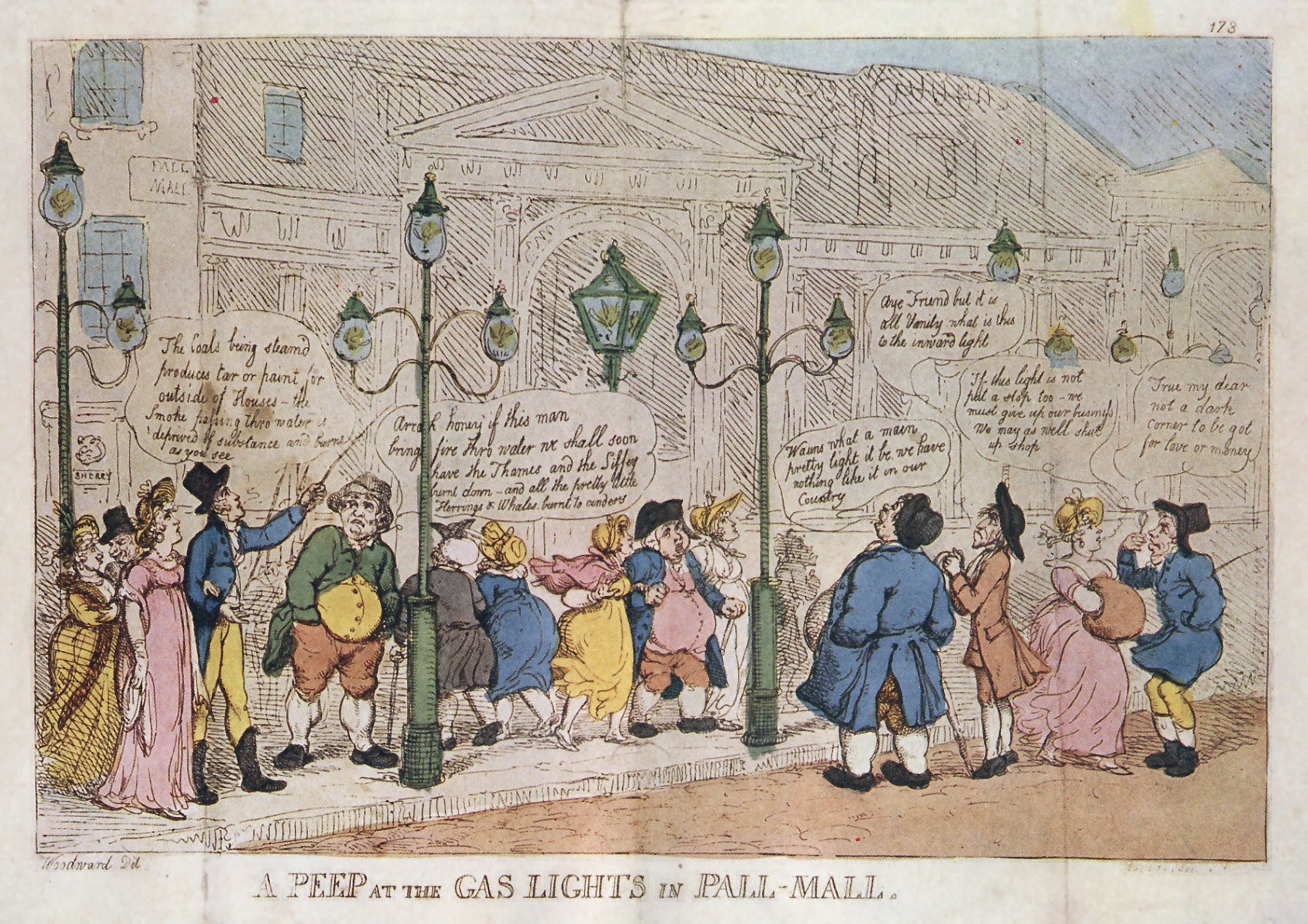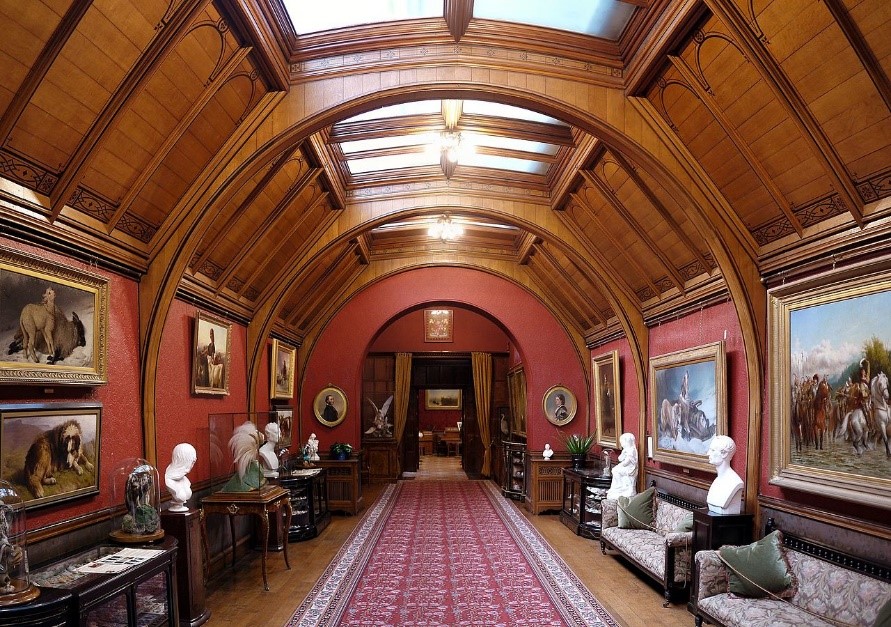Insights
Fire and filaments: the history of lighting.
A changing definition of light through the centuries.
When we think of ‘artificially created’ light, as someone living in the 21st century, your immediate response is probably to think of light bulbs and LEDs.
But if you had the ability to chat to anyone in earlier centuries, their interpretation of ‘creating light’ would centre around a more natural source – fire.
In fact, fire was not only the chief light giver but also people’s source of warmth, and heat for cooking. Our early ancestors would ignite a fire and this one energy source would cater to almost all of their needs.
In the past, fire provided nearly all of your utility services; a true ‘one-stop-shop’!
Over time, new fuel sources were discovered and the light source became an entity in itself via oil lamps and candles (about 3000 BC). These were often decorative and, with time, augmented with reflectors, diffusers and glass refractors to become an early form of ‘luminaire’: a purpose-built product for providing light.
 1815 “Davy” lamp with oil wick and internal mesh to diffuse light
1815 “Davy” lamp with oil wick and internal mesh to diffuse light
In the 1800s gas produced from coal started being utilised as a light source for both interior and exterior applications. It was in London’s Pall Mall in 1807 that the first application of gas street lighting was demonstrated.
The Westminster Gas Light and Coke Company (a predecessor to British Gas) was established in 1812 by Frederick Windsor and provided coke gas for all of London’s heating and lighting needs. Meanwhile, gas lighting was installed in Baltimore in 1816 and Paris in 1820, and by the mid-1850s was widely used for street lighting across many countries.
Gas lighting also revolutionised the theatre industry by providing a light source and intensity that could be raised and lowered to create atmosphere.
In the late 1800s, electricity transformed light with the invention of the first filament bulb.

Cragside Northumberland
Although many speak of Thomas Edison as the inventor, Joseph Swan made a patent application in 1879 – the same year as Edison. Swan demonstrated his electric filament lighting in 1880 within Cragside, the Northumberland residence of industrialist William Armstrong.
It’s electric.
In 1881 the Savoy Theatre London became the first public building to be lit by electric lighting. Indeed, our firm’s founder Henry Lea, a pioneer of electrical lighting installations, followed a year later in 1882, with one of the first electric light installations in a public building: Birmingham Town Hall.
The 20th century brought the electricity grid and made electric lighting the mainstay of most artificial illumination in the western world.
The filament lightbulb developed in efficiency through different metals and gases, and eventually different forms of light source: such as fluorescent, discharge lamps, and neon. New metrics were developed for quantifying the quality and quantity of the light produced, defining light in a variety of ways:
1. amount – levels of light (Lux)
2. colour (Kelvin)
3. rendering – how a light source will make the colour of an object appear to human eyes (CRI)
4. chromaticity – the stimulus of the eyes by light (RGB colour space)
A new revolution.
The one theme that runs through the whole of lighting up until the early 2000s and the advent of LEDs is that the light giver was what was purchased. It was the lamp or the luminaire – the ‘object’ that provided the light – that defined how people thought of lighting.
Now, in the 21st century, we’re rethinking the model for how lighting can be delivered.
Next week I’ll be exploring whether a new service-led model is the answer to truly sustainable lighting design…
